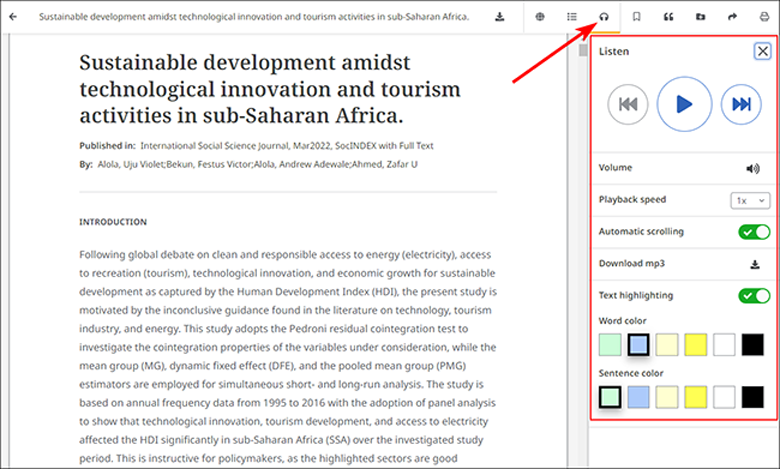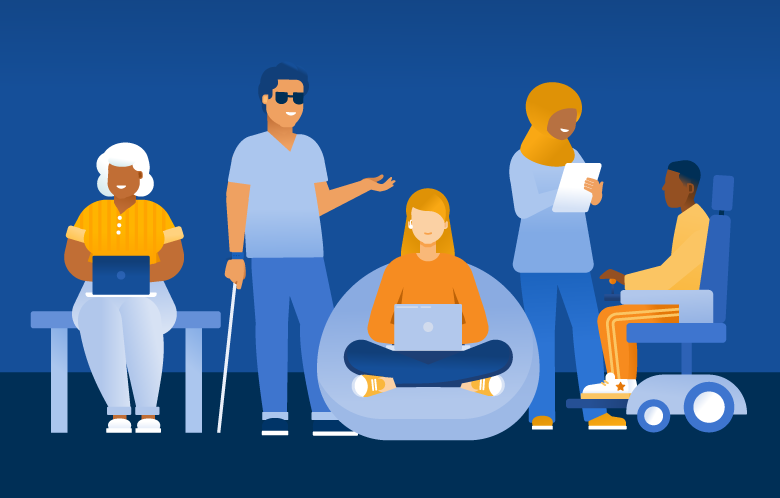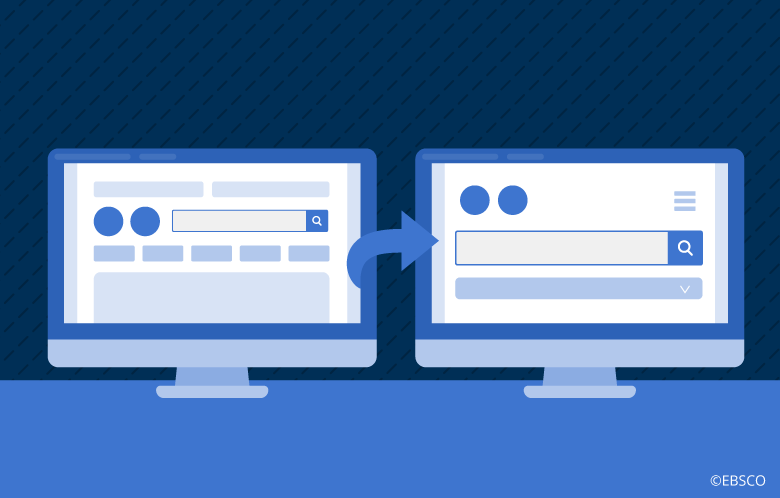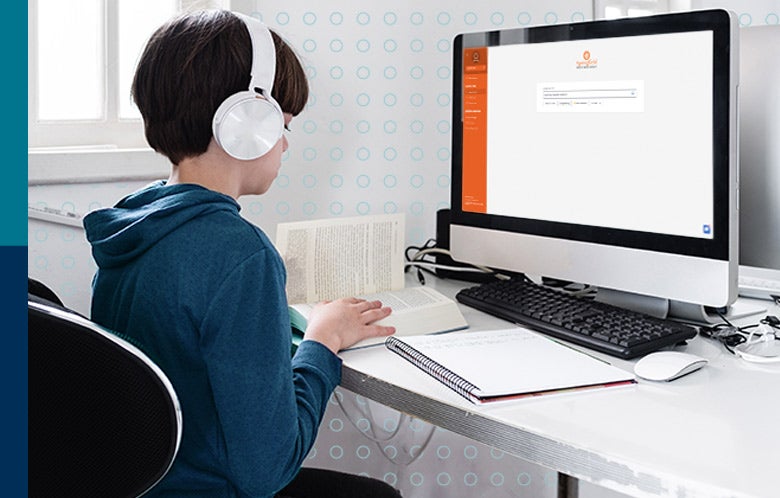More than one billion people globally have an impairment or disability. Global Accessibility Awareness Day helps raise awareness of the challenges that these people—one-eighth of the world’s population—face daily around digital access and inclusion. Accessibility is a crucial consideration in product development for delivering experiences with everyone in mind. By taking measures to include accessibility as a core principle, companies provide a positive experience for everyone and create more user-friendly and inclusive products.
“The power of the Web is in its universality. Access by everyone regardless of disability is an essential aspect.”
“The power of the Web is in its universality. Access by everyone regardless of disability is an essential aspect.”
When developing digital products and services, software developers and companies should consider the diverse needs and preferences of their users. The World Wide Web Consortium (W3C) developed the Web Content Accessibility Guidelines (WCAG) that ensure websites and digital applications are usable by all people regardless of their abilities. Some of the common types of conditions that can affect how people interact with digital products are:
- Visual (low vision, blindness)
- Hearing (deafness, hard of hearing)
- Motor (difficulty using a mouse or keyboard)
- Cognitive (learning disabilities, attention disorders)
- Speech (difficulty speaking)
For each of these types of disabilities, there are specific considerations and solutions that designers and software developers can implement to ensure an inclusive platform.
Visual Impairments
For users with visual impairments, developers can ensure a contrast ratio of at least 4.5:1 for standard text to enhance legibility for users with color blindness or low vision. This means that the brightness of the text is at least 4.5 times higher than the background. They can also provide alternative text and captions, ensure keyboard and screen reader compatibility, and implement dark mode in text-based applications. When developing content, integrating descriptions that describe what is being displayed helps people who are blind or have low vision.

EBSCO’s Text-to-Speech feature helps struggling readers, auditory learners and those developing English-language proficiency. Text-to-speech, which reads articles and passages out loud, also provides teachers with an alternative content delivery option.
Hearing Impairments
Digital users with hearing impairments need captions or transcripts for audio content, visual cues and alerts, subtitle customization, and integrated support for sign language interpretation. Developing high-quality audio without background noise is a tactic used to enhance accessibility for people with these impairments. Providing simple text for those who use sign language is also another tactic to ensure accessibility.
Motor Impairments
Developers can design software to be fully navigable and operable using only the keyboard, ensure compatibility with assistive technologies and provide customizable input options for users with motor impairments. The ability to operate a website using only the keyboard is imperative for users who may use a head pointer, joystick, mouth stick or switches operated with different parts of the body. When designing websites or digital content, designers should keep these users in mind, noting those with physical impairments may need larger workspaces or longer periods to complete tasks.
Cognitive Impairments
For users with cognitive impairments, clear layouts, consistent navigation patterns, intuitive controls, use of plain language and avoiding jargon all support these users. It’s also helpful to break down information and tasks into manageable chunks. Some users may use text-to-speech software while others may use tools for increasing fonts or spacing. Creating flexible environments is important to account for the different ways people may need to interact with your software.
Speech Impairments
For users with speech impairments, developers can provide text-based communication options, incorporate voice recognition and dictation features, integrate support for symbol-based communication systems, and provide visual feedback and confirmation for user inputs. Evaluating how users can communicate with organizations is sometimes overlooked. For example, only having a telephone number, with no chat or email options, is a gap in accessibility that can possibly alienate those users.
By considering these factors and implementing appropriate solutions, software developers can create products that are accessible to a diverse range of users, fostering inclusivity in the digital realm. There are many design aspects and considerations that affect more than one type of disability. A comprehensive understanding of the accessibility standards and how they are interconnected makes for a more connected world.
At EBSCO, we employ a team that ensures our software development follows the latest WCAG standards. EBSCO is committed to providing positive experiences for all users, and accessibility is a key consideration in all our product development strategies. Contact accessibility@ebsco.com with accessibility questions.



